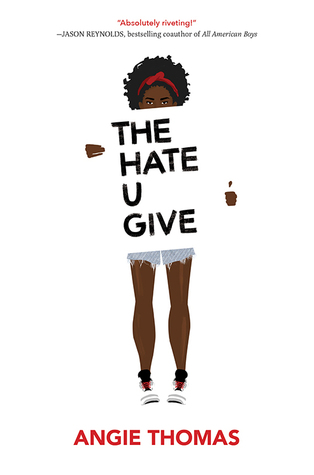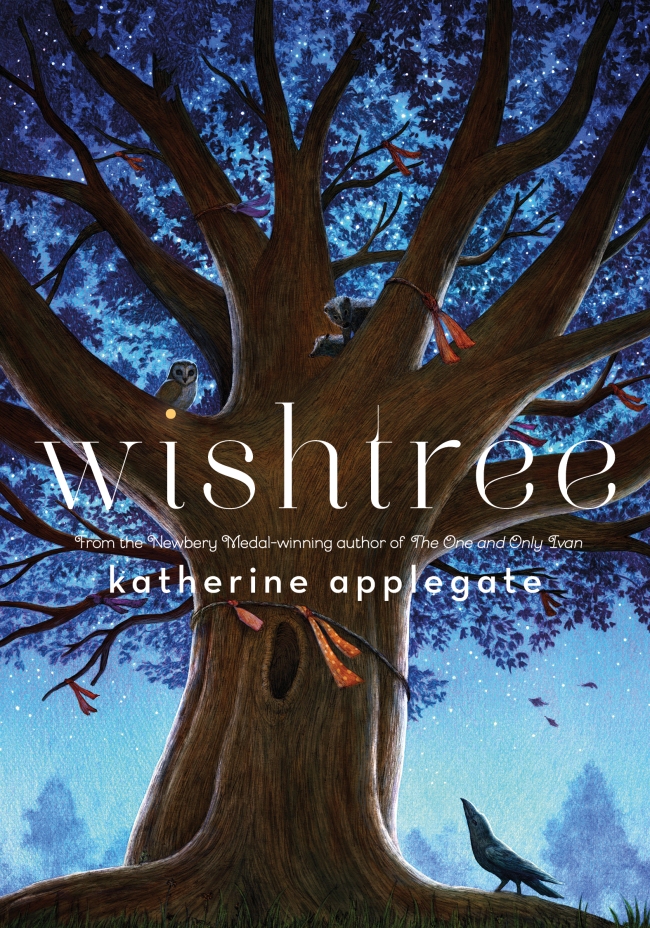 How to Hang a Witch
How to Hang a WitchAdriana Mather
Knopf, 2016 368 pages
Grades 7-Up
Fantasy/Mystery
Samantha Mather is forced to relocate to Salem following her father's coma after she and her stepmother can no longer afford their New York City Apartment because of the hospital bills. The house in Salem has been left to the family after Samantha's long-lost grandmother passed and she begins to discover her deep roots within this historical community. The cute boy-next-door is welcoming and friendly, yet the reception at Salem High is much frostier. A group of creepy young people, known as the Descendants, are all linked to witches who were killed during the troubles three-hundred years previous. Do they dislike her because she is descended from Cotton Mather, famous judge during the proceedings? Samantha is use to strange things happening when she is near and is convinced that she is cursed. The strange occurrences increase once in Salem. First students get sick from treats Sam brings to class and then all the guests at a party are afflicted by a terrible rash--except for Samantha. Family members of the Descendants begin getting sick and dying and the clique is convinced that it is Sam's fault. Meanwhile a ghost appears in Sam's bedroom who lost a sister in the long-ago trials. At first he distrusts Sam and then the two become reluctant allies, and, eventually, friends with romantic inclinations. Bullying at school by the hands of the Descendants increases, as does the "accidents" to loved ones and the Descendants themselves. Who is responsible for all of the deaths? Is there a real witch in their midst? And how can Samantha finally break the curse once and for all?
Teen books about witches appear to be a new trend. I have seen a bunch of them out lately and have just finished an adult book about five generations of witches (A Secret History of Witches by Louisa Morgan), which I greatly enjoyed. The Salem witchcraft trials have long been a topic of interest to teenagers and this book will plug into this popular topic, while adding a modern twist. Mather (herself a descendant of Cotton Mather) ties-in the injustice of the trials with modern day bullying. History repeats itself as Samantha feels persecuted and judged by the whole town. Sam and the descendants practice spells to try to break the curse and Sam finds that she wields real power. The supernatural element is believably told and gets even more interesting as Samantha becomes involved with a ghost that only she has the ability to see. Readers will try to guess the identity of the actual witch who has cursed the Descendants and the motivation behind it and this mystery is satisfyingly solved after a nail-biting climax involving the near-death of many key players. The prerequisite love triangle necessary to all post-Twilight book aimed at adolescent girls gets a new twist by pitting the boy-next-door against a ghost. A perfect choice for reluctant readers, hand this title to girls needing to read a fantasy who don't think they like fantasy. Enough history is included to prove that Mather did her homework, yet never weighs the book down. Readers may be inspired to learn more about this dark chapter of early America. Slightly shivery, always suspenseful, wistfully romantic and with a touch of mystery this book adds up to a lot of fun and a sure-fire hit with the target audience.








